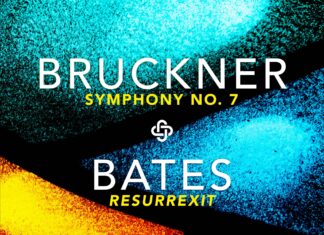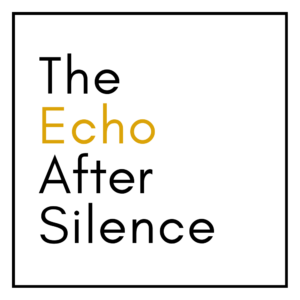It’s no surprise that this disc is immediately accessible and a joy to listen to. Lindberg’s own compositions have always been a rewarding experience, not only focusing on technique (as many contemporary works do) but on melodic lines and memorable tunes. This is usually done with some extravagant instrumentation, as is the case here. The Tales of Galamanta—the latter being an imaginative city— tells the story of two youngsters, Topo and Trandula, who fall in love. A new person, Fomba, appears and seduces Topo which leads to some dramatic events, according to the booklet notes. You can rightly expect the instrumentation to be extra exotic, lots of percussion and dance elements with the right dose of rich string music underlying the love themes.
Peking Twilight is a commission from the Norrköping Symphony Orchestra and in fact we learn that Peking has been the nickname of the Norrköping city itself (Note: With the above orchestra Lindberg has been recording a splendid cycle of the Pettersson symphonies, the latest recording recently reviewed here). Lindberg further comments on the name when he states that, “The sound a title makes is, I find, just as important as its meaning, and ‘Peking’ in combination with ‘twilight’ gave it a sort of surrealistic and edgy character.” This is also true of the general atmosphere evoked in the music. Starting off dark and mysteriously, not unlike Sibelius or Rautavaara, and evolving in a more flamboyant fashion. The composer says that motifs in the piece describe different features of the city of Norrköping, and he even goes as far as to include references to the Norrköping soccer team chant (I had to Google this up out of curiosity what the chant sounds like!)
Both of the above pieces are finely crafted tone poems, worthy of repeating listening. But as interesting and original these works might be, the main attraction of the album is Steppenwolf, the Viola Concerto. Cast in three movements its themes are instantly recognisable. Again, the exotic instrumentation is here, with sudden eruptions of what sound like Mexican or Latin American influenced dance rhythms. The composer says the piece is “is all about loneliness, compassion and the fight for life—like a sad wolf trying to wash away the feeling of separation.” I’d say that he has managed to capture just that: the struggle for life, the initial hesitation, the dialogue between fear and daring, the glorious glimpses of love and success.
It is a lyrical composition, both moving and uplifting at the same time. While the viola part should be a joy for any soloist to perform, it’s not without its virtuosity, the demanding technique more obvious in the exuberant finale. My favourite section, though, is in the middle movement where human voice interrupts the piece and asks for the music to carry on playing. “Play flutes!” we hear, followed by a brief reference to silence and the “Steppenwolf”. Of course, I forgot to mention that the title itself is a reference to the classical Herman Hesse novel, which also has some colorful, exotic passages when the hero’s life is transformed—in other words, while not trying to describe the book, the composer has managed to compose some of the most fitting music for the story of a lonely wanderer, who is reaching out for new experiences.
There you have it then! Three life affirming pieces, full of exotic rhythms and delightful themes, bound to please the ear, without being light music but complex compositions from a prominent contemporary composer. The Viola Concerto alone deserves wider recognition and a place in the concerto repertoire.
Rating: *****
Christian Lindberg, Steppenwolf
Rafael Altino
Odense Symphony Orchestra
Christian Lindberg, conductor
BIS






